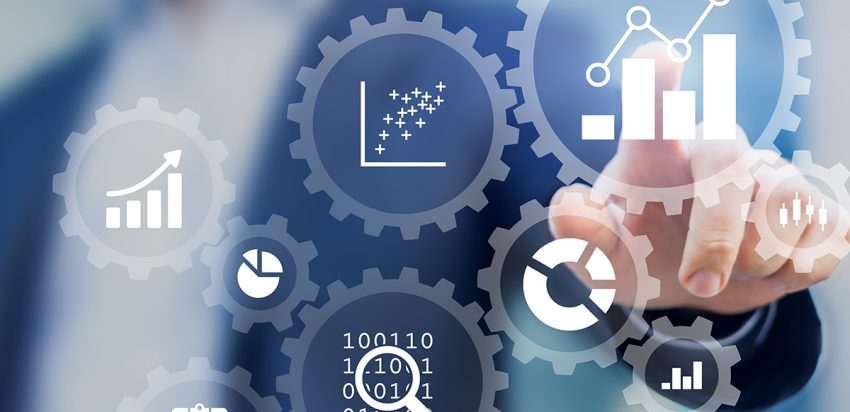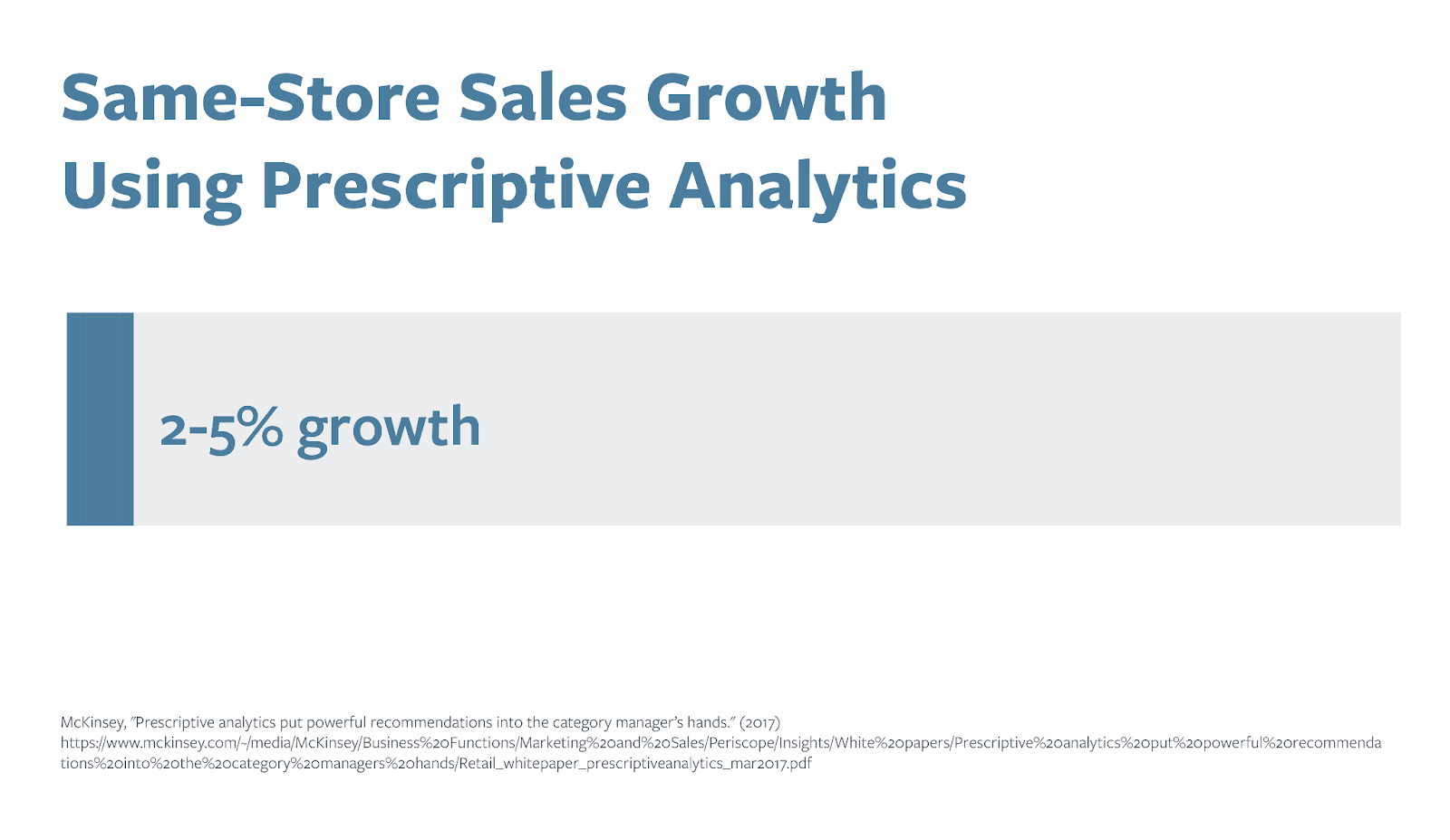4 Types of Data Analysis Methods
What do we mean by data analytics? It’s the science of evaluating and interpreting data to draw insight for use in improving performance. Decision-makers use data analytics to answer the fundamental questions their companies face — it is essential to modern business.
Data analysts employ a variety of techniques to leverage their data into intelligence. These are considered the four most common types of data analytics. You can learn more about these methods at Berkeley Data Analytics Boot Camp.
Descriptive Analytics
Descriptive analytics is the process of applying data to answer the questions, “What happened?” or “What is happening right now?” Data analysts use historical and current data to monitor real-time events and examine changes over time in any industry.
Companies rely on descriptive analytics to give context to their data. For instance, a company might report second-quarter product sales of $100,000. However, a descriptive analytics report might show sales were down from the first quarter but up from the previous year’s second quarter. Decision-makers can use that insight to address the strengths and weaknesses of their business units.
Diagnostic Analytics
Where descriptive analytics examines what happened, diagnostic analytics addresses why it happened. Companies turn to diagnostic analytics to help them understand successes, troubleshoot problems and make more informed decisions.
According to the data analytics company Selerity, diagnostic analytics is an advanced branch of data analytics that uses regression analysis, data mining, data drilling and other techniques to find correlations and causes within data. Diagnostic analytics builds on the intelligence extracted from descriptive analytics, giving decision-makers a more contextual look at their data.
Predictive Analytics
Data analysts perform predictive analytics to answer this question: “What is going to happen?”
The objective of predictive analytics is to calculate the possibility of future outcomes by assessing historical and current data.
Predictive analytics certainly isn’t new — businesses have been using data to generate forecasts and predictive models for decades. But the use of predictive analytics has grown with the rise of AI, machine learning, data mining and other technologies that have made models faster to build and better equipped to handle vast amounts of data. These tools also are important in creating predictive models from the varied structured and unstructured data that companies now generate.
Prescriptive Analytics
The question a prescriptive analytics model seeks to answer is this: “What should we do?” Data analysts investigate data to suggest options to be explored and determine actions that should be taken. This is a growing field of data analytics.
As with predictive analytics, prescriptive analytics exercises some of the latest methods and tools in data science: graph analysis, neural networks and machine learning. When used effectively and with the proper data, prescriptive analytics can help decision-makers chart a business course based on data-driven projections rather than instincts or hunches.
 Live Chat
Live Chat

